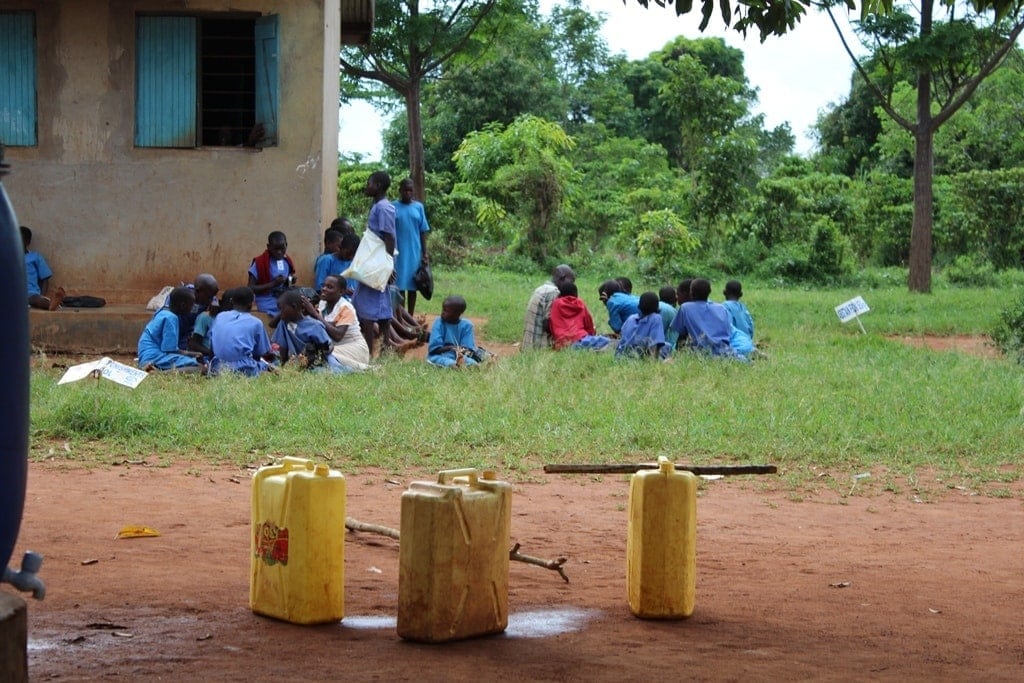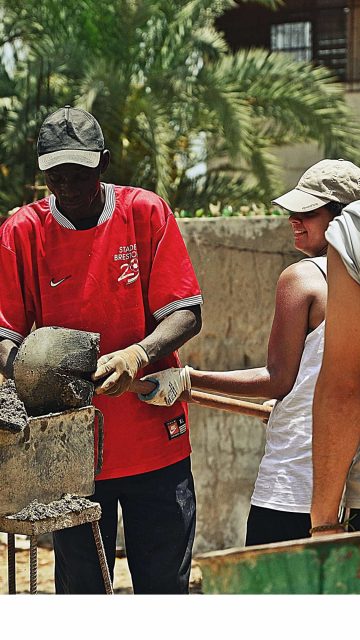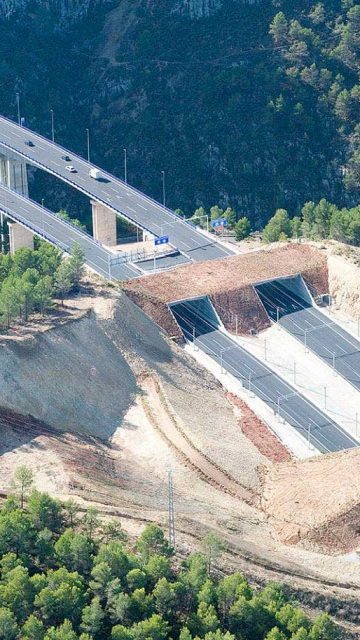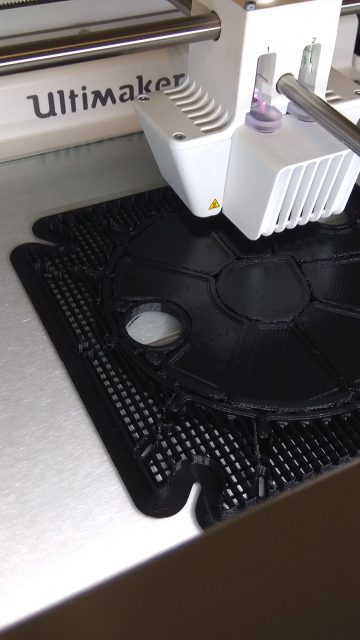

Uganda, Africa
-
15
Communities
-
13
New Wells
-
13730
People beneficiaries
-
150000
Budget contributed
Improved access to drinking water for 15 communities in the Buyende district, thereby reducing the rate of infections resulting from the consumption of low quality water. Project implemented in 2016.
About Uganda
According to the latest Human Development Index, Uganda ranks 163 out of 188 countries. It is a country wherelife expectancy is still only 59.2 years; GDP is 1.335 US dollars per day; growth is 3.1% and child mortality 128 for every 1000 live births.
According to the Health Ministry, in 2011 diseases related to access to water, sanitation and hygiene (WASH) represented 40% of the national total. Some 70.3% of the population lives in poverty, with 33.3% living in extreme poverty (2011).
Although some progress has been made in access to water and sanitation, there are large variations between communities and districts (access to water in 50% of all districts is lower than the national average). Insufficient growth in the provision of water and sanitation services is endangering results already achieved, according to a 2012 study on sector efficiency. Current investment is only proportional to population growth (1.3 million/year). Yearly budget assigned to water and sanitation has been decreasing for the past 6 years (from 4.9% to 2.2% currently).
Buyende District
In the Buyende district (the project’s target area), 71.5% of communities lack access to drinking water (2013-2014). The situation is made worse by the high population density, together with inequality in access to drinking water (less than 45% of the rural population).
Water consumption in the worst affected rural areas is around 10 litres per person per day, according to national poverty eradication documents, significantly less than the recommendations of what constitutes the right to water (between 50 to 100 litres p/d) and national targets (20 litres p/d) according to the “Ministerial Political Communication 2015/16” of the Ministry for Water and the Environment.
Moreover, when a well becomes unusable, it is usually due to lack of local technical capacity for maintenanceand a lack of adequate governance structures, which highlights the need for strengthening such aspects.
Given the limitations in access to drinking water in rural areas (under 50% compared to 95% in urban areas), women and children still have to bear the burden of fetching water, something which takes between 30 to 45 minutes per day (a round trip of between 1.8 to 2.5 km). This puts them at greater risk of sexual violence when collecting water, and also causes school absenteeism.
NGO Plan International
Plan International carried out two WASH projects in the target area between 2011 and 2014, improving access to water and sanitation in 124 communities, with 86,520 beneficiaries. Plan’s work in the area and previous cooperation with government agencies in the WASH sector promotes ownership and participation of such agencies in this joint project with Ferrovial.
The Project
Work focuses both on improvement of equal access to water, and strengthening local capacities, based on four different activities:
- Increasing the amount of water for human consumption available to 13 of the 15 communities identified, which currently lack adequate water resources. New wells will be dug, hand pumps installed, and the water quality tested to ensure adequate quality standards and parameters. In the other two communities, which have sufficient quantities of water but of inadequate quality, automatic chlorine micro dispensers will be installed to reduce the impact of water-related diseases.
- The second activity will focus on awareness-raising and good hygiene and water consumption practices, as well as ownership by the 15 communities.
- The activities will be strengthening governance in order to guarantee project sustainability. Fifteen water management committees and an association of water users (this latter to ensure transparency and accountability, and to act as a link between district authorities and the 15 communities) will be set up. The project will also provide training to the committees on operational management of the water points (such as monthly fees for use of water) and on monitoring construction and installation works (with the help of Plan Uganda).
- A key element of the project is training local mechanics to ensure project sustainability, in addition to training for local “carers” who would be in charge of preventive maintenance and direct management of the water points (under the supervision of the management committees). This training will increase the life cycle of the water resources and boost project efficiency.
Related Projects
See more projects
Biodiversity Protection Measures

Improvement Health Services in Senegal

Wildlife Corridors Specifically for Bats

